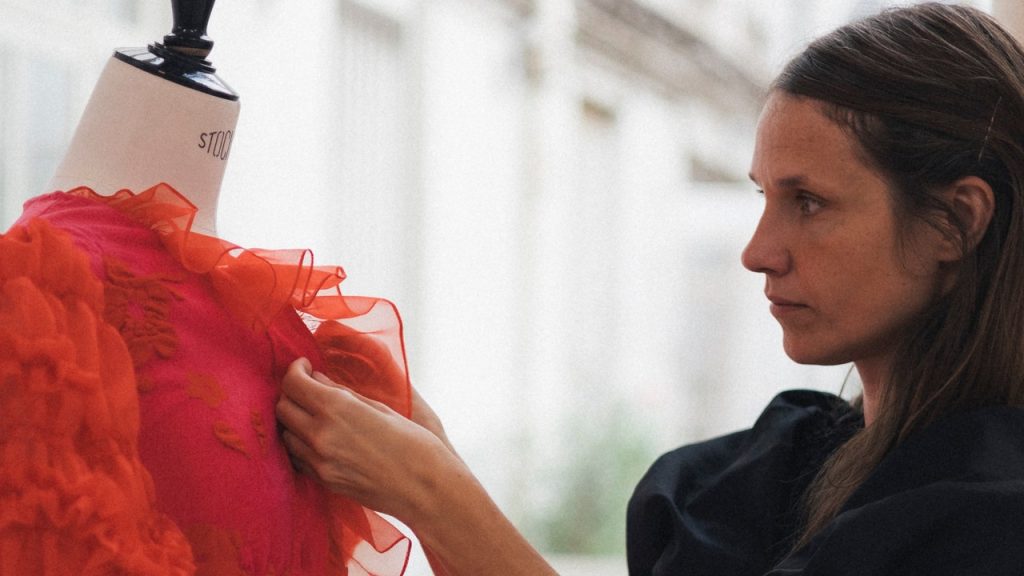The current retail model is facing challenges with billions of clothes going unsold every year, leading to financial losses for many brands. To combat this issue, an increasing number of designers are shifting towards made-to-order, allowing them to sell directly to consumers and avoid waste. Cult Danish designer Cecilie Bahnsen launched her made-to-order service for runway, archive, and bridal styles in March, offering a personalized experience for each client. In London, Molly Goddard has also been growing her made-to-order business, offering labor-intensive pieces for clients to order based on demand.
These made-to-order services typically take up to 12 weeks, challenging the buy-now-receive-next-day culture that many shoppers are accustomed to. Despite initial skepticism, retailers like APOC Store have found that customers are willing to wait for unique pieces they love, with around 35 to 40 percent of their items being made-to-order. This slower approach to fashion not only allows customers to cherish their pieces for years to come but also highlights the seasonless and archival nature of these designs, appreciating the craftsmanship and uniqueness above trends.
From a business standpoint, producing items that have been ordered by the end consumer makes more financial sense for designers compared to selling to wholesalers. Currently, brands must front the costs of materials and manufacturing for orders that are paid for months later, and retailers are left with up to 40 percent unsold stock at the end of the season. By embracing made-to-order, designers can create a more sustainable and efficient supply chain, reducing waste in the process.
The shift towards made-to-order not only benefits designers and consumers but also aligns with a growing interest in slow fashion and conscious consumerism. By offering pieces that are carefully constructed and personalized for each client, designers like Bahnsen and Goddard are able to create a more meaningful connection with their customers. This approach emphasizes quality over quantity, encouraging customers to invest in pieces that they will truly value and wear for years to come. Overall, the move towards made-to-order represents a positive evolution in the fashion industry, promoting sustainability, authenticity, and a deeper appreciation for the artistry and craftsmanship behind each garment.


